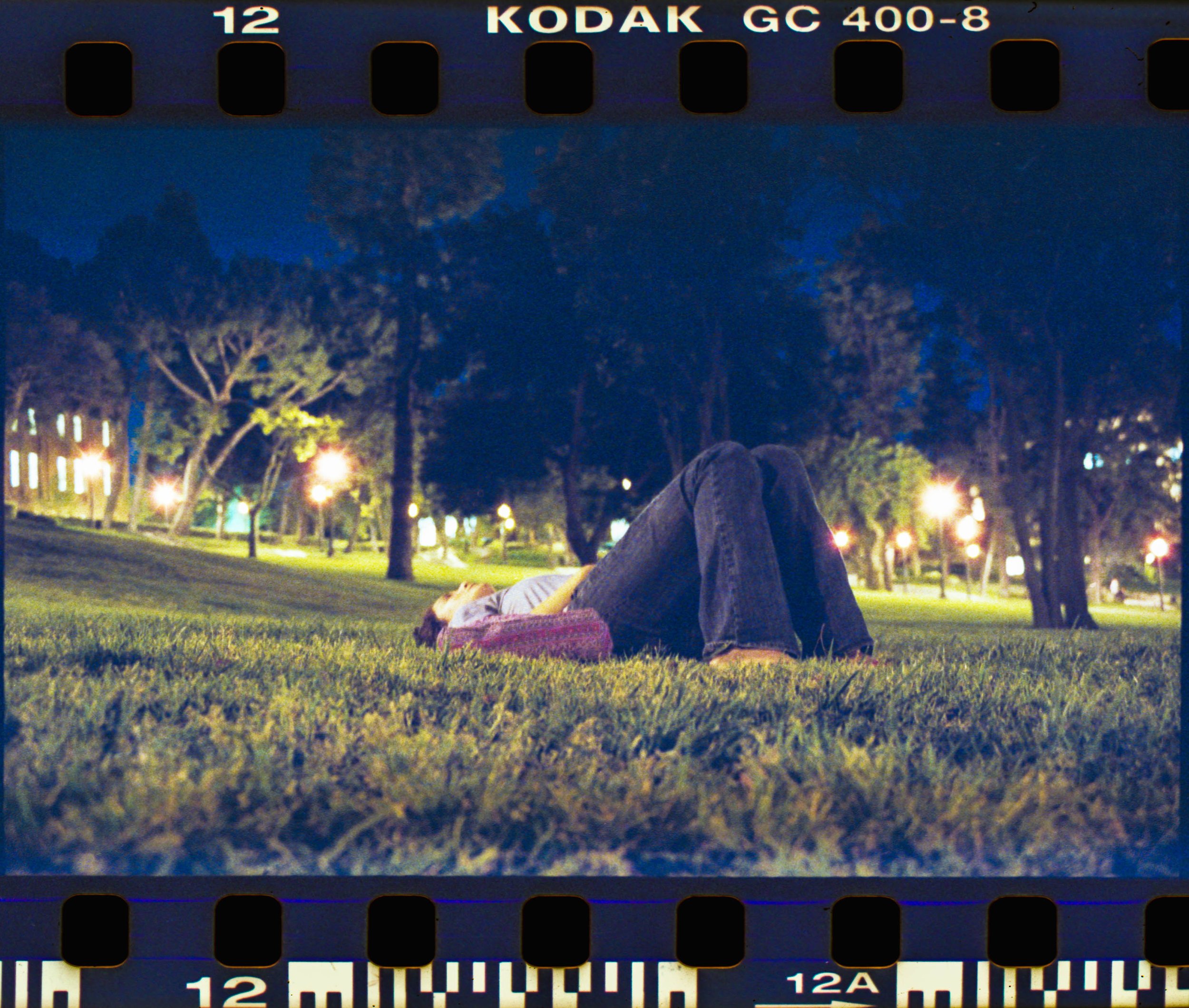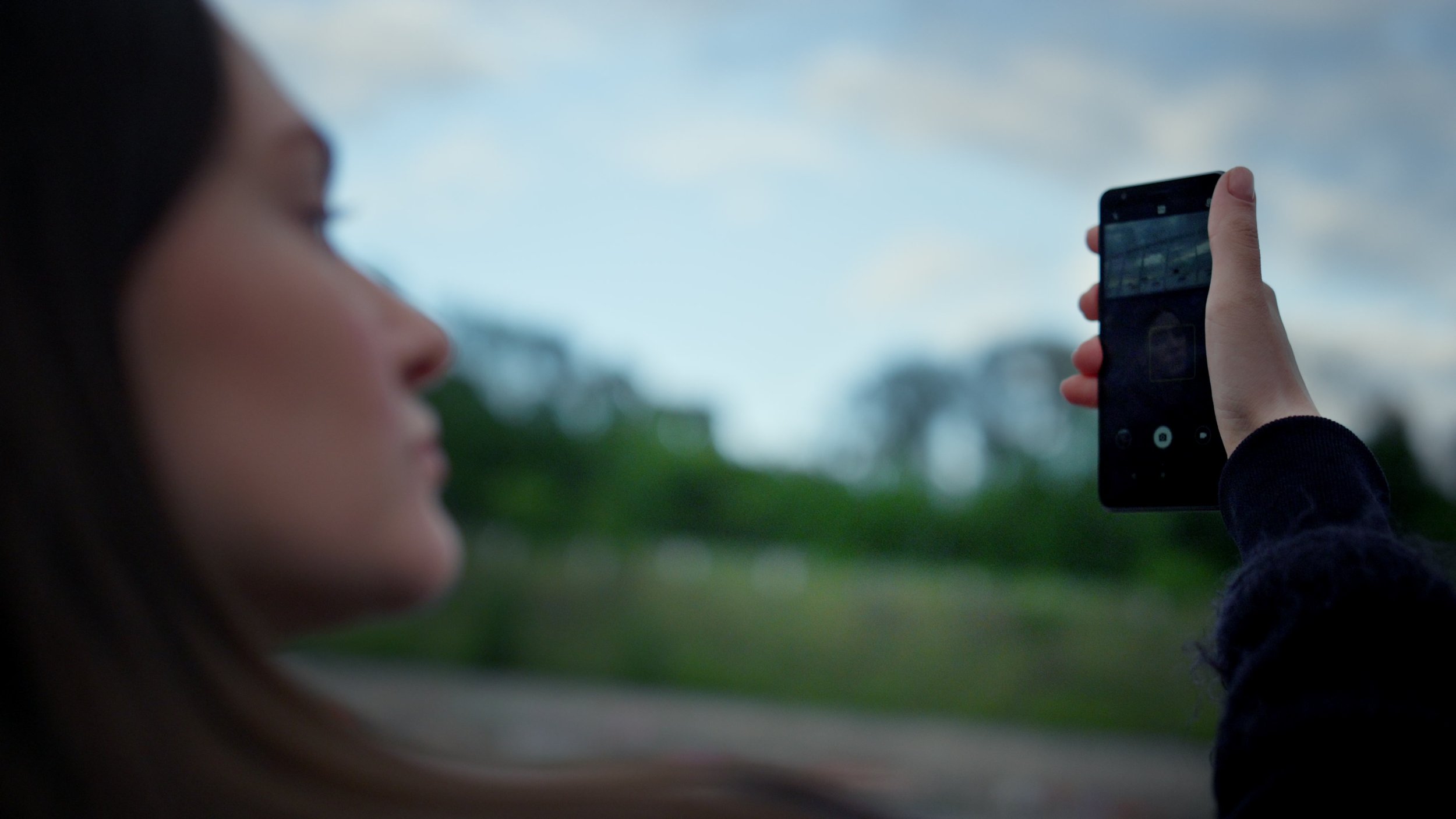Art + Science
Writing at the Intersection of Art and Science

Nostalgia and the Collapse of Imagination
Photography emphasizes nostalgia to visualize and understand a future that we cannot—or try not—to imagine. The ever-increasing use of retro nostalgia within the space of photo-sharing may collapse the ability to imagine a coherent future by altering the region of the brain that forms autobiographical memories.

Philosophy of the Selfie
The selfie may be only pixel deep, but it is a way for us to preserve our sense of self. Selfies are, in a way, their own mirrors: they show our image for the world to see as we want to be seen, and they safeguard against the fear of losing control of our minds and lives.
Instagram and Anxiety of the Photographer – Part II
The Avant-Garde movements of the 1910s, the 1960s, and the 2010s (via mobile photography) have not only changed photography but did so by further integrating technology with art, allowing photography to become unbound from its predecessor, unbound from space, and unbound from time as we once knew it. It is this fracturing of photography and art into all imaginable directions that generates anxiety about the future of photography (art by proxy) and creates a new generation of photographers unbound by the past. This opens up an entire generation to forms of thought that is nearly absent from the previous generation.
How Artificial Intelligence Reconstructs Our Minds and Lives Using Our Photos
AI software analyzes digital images to reconstruct and map out the architecture of the brain. I will also show how the same software uses digital photos from social media sites to stitch together 3D models of entire cities. I will end by showing how this very type of AI analysis is used to reconstruct an individual’s personal information as a way of predicting human behavior.

Manipulated Photographs, Manipulated Memories
Photo manipulation is nearly as old, if not as old, as photography itself. It has been used in state propaganda, to unify nations, for aesthetic and creative expression, to generate fear, and the list goes on and on. As technology advances, altering photographic images has become quite easy. This begs the question: do the images we see convey accurate information?
